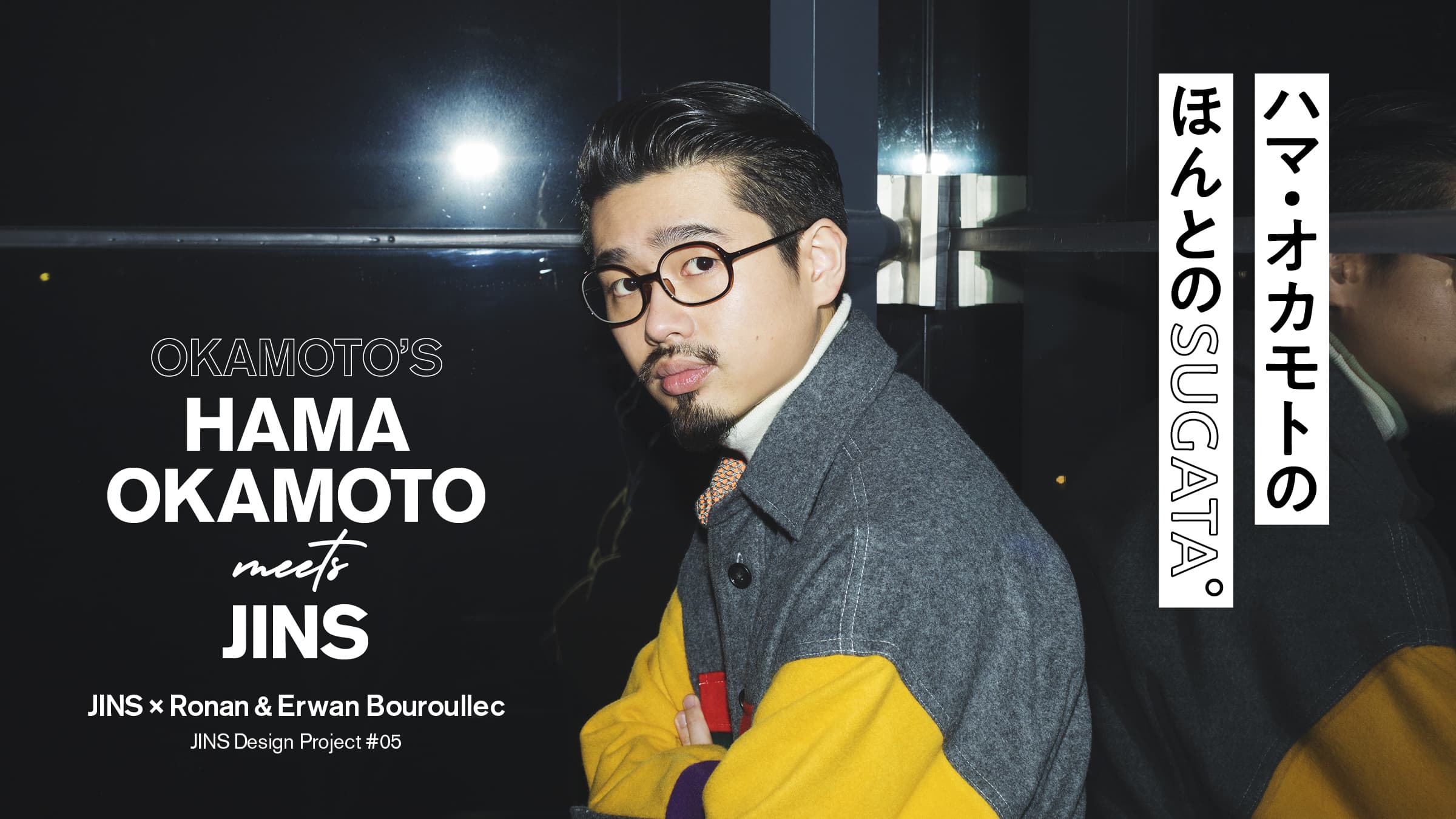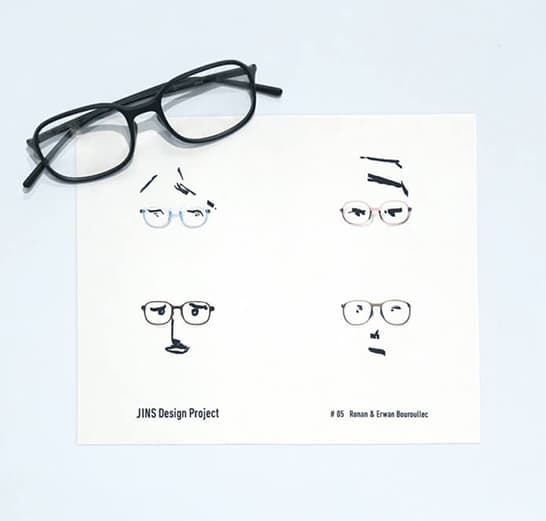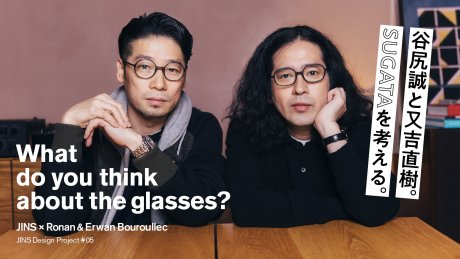Chapter 3 Commonalities between concert structure and design
By the way, you are not only a bassist, but also a "concert jockey" these days, right? What is this all about⁉
Hama:I don't really understand it either (laughs). Three years ago, when we decided to perform at the traditional Nakano Sunplaza, we decided that since there were seats available, it would be no fun to perform a normal live concert, so we decided to have the four of us just sit on a sofa and talk for an hour and a half. We had a two-part system, with a break in between and a live performance in the second part. Last year, when the curtain opened, we had a live recording session in our studio, where the audience could see the recording process in action. We have been doing such planned live performances for the past few years.
The usual concert starts with the curtain rising and then the performance begins, but suddenly the talk begins. It is interesting to see how the talk suddenly starts.
Hama:That's right (laughs). I wrote what looked like a script. I was told that it would be better if I could convey the nuances better, and while I was saying that "МC" was not quite right, my guitarist (Kouki Okamoto) came up with the name "concert jockey". It's not a disc jockey, and I had heard of both concert and jockey separately, but the combination of the two sounded good because it was a word I had never heard of before! I improvised and decided on the name. . So I didn't really decide what I was going to do. We are flexible (laughs).

. It is a development not seen in the existing music scene to have the musicians themselves talk for an hour and a half and to show the actual scene of the sound construction.
Hama:A band releases an album after spending six months or more thinking about this and that, and the only way to deepen understanding is to include liner notes and a DVD of the documentary. . I began to think that music is not the only gateway to the band. All the members have been classmates since junior high school, so we talk a lot. I thought that if they liked what we had to say and how we said it, they would be comfortable listening to our music as well. I personally think that is a win-win situation.
. If we put it in terms of glasses, showing the designer's background and the background of production will increase understanding, just like Mr. Hama mentioned earlier.
Hama:This is exactly what we did last year when we showed the recording process at a live concert. We recorded the basics and then added a guitar solo, or took out the drums and re-recorded them with a different sound, and so on. Even if the approach is different, the point of arrival is the same. I think it would be interesting if the way we see the music changes even a little. This may be a common point with "SUGATA.

about
JINS×Ronan&Erwan Bouroullec
Since 2017, JINS has been working on the "JINS Design Project," which proposes valuable eyeglasses for the coming age through dialogue with world-class designers, based on the concept of "designing eyeglasses from the essence. JINS has collaborated with Jasper Morrison, Konstantin Grcic, and others. JINS has been offering glasses of excellent design at prices that are affordable for many people. Ronan & Erwan Bouroullec, who are collaborating on the fifth project, are active in a wide range of fields from product design to public space and urban design. They have provided designs for many famous companies such as Vitra and Cassina, and their products are in the collections of major museums including the Pompidou Center in Paris and the Museum of Modern Art in New York.






![AH.H] Clothes and people that interest me. Vol.14 JINS×Ronan&Erwan Bouroullec](https://www.houyhnhnm.jp/wp-content/uploads/2019/12/ah_pickup14_main-1-460x259.jpg)





